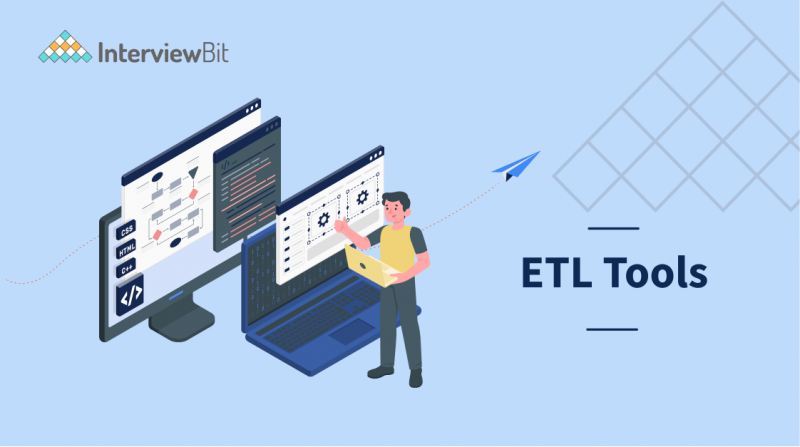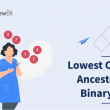In this article, we are going to learn about ETL( Extract, Transform, Load ) Tools. We will walk you through the following topics: What are ETL Tools, Top ETL Tools, Unique features of each ETL Tools, ETL Tools Categorization whether they are Open Source tools, Enterprise tools, Cloud services, etc. Open source tools, enterprise tools, cloud services, etc., and many more frequently asked questions about ETL Tools like What are famous ETL Tools, Is SQL an ETL Tool, What ETL Tool google uses, etc. At the end of this article, you will have a good understanding of the fundamentals of ETL Tools.
- What are ETL Tools?
- List of Top 15 ETL Tools
- 1. Xplenty
- 2. Skyvia
- 3. IRI Voracity
- 4. Talend
- 5. Xtract.io
- 6. Flydata
- 7. Dataddo
- 8. Hevo Data
- 9. Pentaho
- 10. AWS Glue
- 11. Informatica Power Center
- 12. IBM Infosphere Datastage
- 13. Azure Data Factory
- 14. Apache Nifi
- 15. Oracle Data Integrator
- Conclusion
- Frequently Asked Questions
- Q.1: What are the famous ETL tools?
- Q.2: Is SQL an ETL tool?
- Q.3: Which ETL tool is used most?
- Q.4: What ETL tools does Google use?
- Q.5: Which ETL tool is easiest?
What are ETL Tools?
Before jumping to the definition of ETL Tools let’s understand what ETL stands for in ETL Tools. So ETL here stands for Extract, Transform, Load. The broad method of copying data from one or more sources into a destination system that depicts the data differently from the sources or in a different context than the source is known as extract, transform, and load (ETL) in computing. Now, let’s understand them one by one.
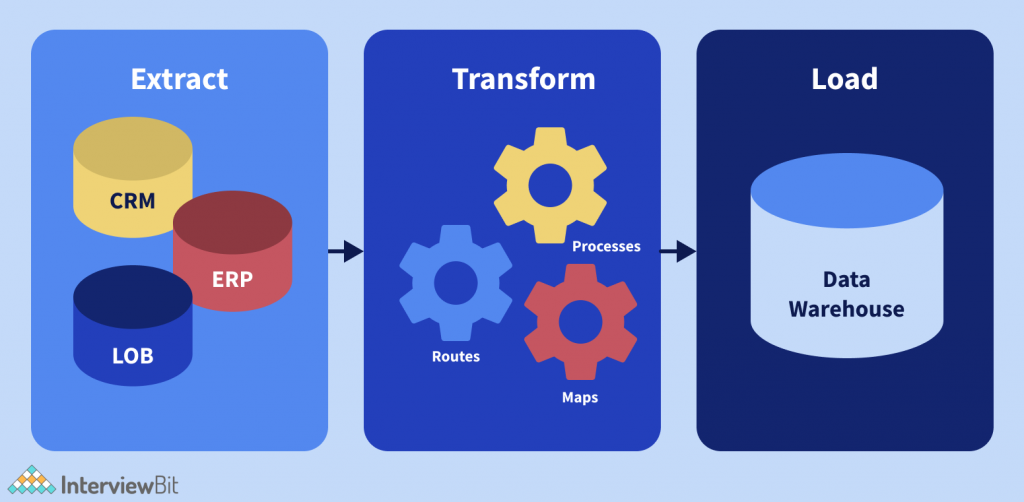
Data Extraction
Confused about your next job?
- The first step of the ETL process is extraction.
- In this step, data from various source systems is extracted which can be in various file formats like RDBMS, Excel files, XML files, flat files, Indexed Sequential Access Method (ISAM), etc.
- Because the extracted data is in multiple forms and might be corrupted, it is vital to extract data from several source systems and store it in the staging area before putting it into the data warehouse.
- Hence loading it directly into the data warehouse may damage it and rollback will be much more difficult.
- Therefore this is one of the most important steps of the ETL process.
Data Transformation
- The second step of the ETL process is transformation.
- In this step, a set of rules or functions are applied to the extracted data to convert it into a single standard format.
- It may involve following processes or tasks
- Filtering: loading only certain attributes into the data warehouse.
- Cleaning: filling up the NULL values with some default values, mapping USA, United States, and America into the USA, etc.
- Joining: Joining multiple attributes into one.
- Splitting: Splitting a single attribute into multiple attributes.
- Sorting: Sorting tuples on the basis of some attribute( Generally key attribute).
Data Loading
- The third and final step of the ETL process is loading.
- In this Step, the transformed data is finally loaded into the data warehouse.
- Sometimes the data is updated by loading into the data warehouse very frequently and sometimes it’s done after longer but regular intervals.
- The rate and period of loading solely depend on the requirements and vary from system to system.
All these operations that we mentioned( Data Extraction, data Transform, Data Loading ) are performed by an ETL Tool.
List of Top 15 ETL Tools
In this section, we will discuss different ETL Tools and the features that make them stand out So here is the list of Top 15 ETL Tools.
- Xplenty
- Skyvia
- IRI Voracity
- Talend
- Xtract.io
- FlyData
- Dataddo
- Hevo Data
- Pentaho
- AWS Glue
- Informatica Power Center
- IBM Infosphere Datastage
- Azure DataFactory
- Apache Nifi
- Oracle Data Integrator
Now let’s discuss them one by one
1. Xplenty

Xplenty is a cloud-based ETL system that provides easy-to-understand data pipelines for automated data flows from a variety of sources and destinations.
The company’s powerful on-platform data transformation tools make it possible for its customers to cleanse, normalize, and transform their data while adhering to compliance best practices as well.
The Xplenty platform enables businesses to combine, process, and prepare data for cloud analytics. Xplenty’s scalable platform enables businesses can rapidly and easily profit from the potential given by big data without having to invest in hardware, software, or related staff by delivering a coding and jargon-free environment. Every firm may connect to a number of data repositories and use a rich collection of out-of-the-box data transformation components with Xplenty.
Features
- Easy Data Transformation: Xplenty streamlines your ETL and ELT procedures with a low-code, drag-and-drop user interface and more than a dozen transformations, such as sort, join, filter, select, limit, clone, and more. The platform’s user interface makes it simple for non-engineers to set up transforms.
- REST API: Xplenty supports a REST API connector to pull in data from any REST API. The REST API connector from Xplenty allows users to connect to any Rest API and retrieve data efficiently. This greatly increases the elasticity and scalability of Xplenty by letting you integrate with an infinite number of SaaS platforms and data sources.
- Diverse Data Source and Destination Options: Xplenty provides the greatest range of data sources and destinations with over 120 integrations to and from multiple sources, including databases, SaaS platforms, data warehouses, BI tools, and cloud storage services.
2. Skyvia
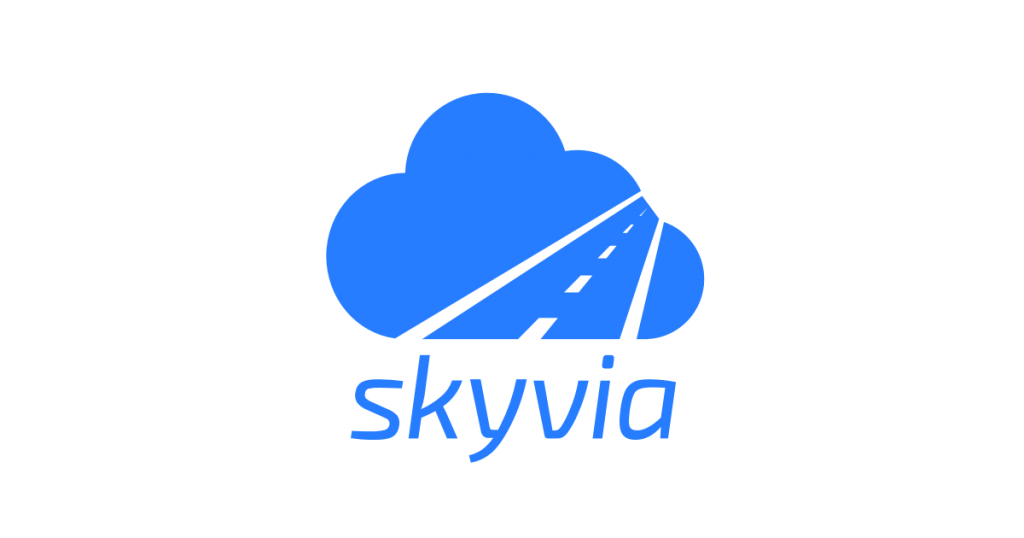
Skyvia is a global SaaS (Software as a Service) data platform that allows you to quickly and easily solve a wide range of data-related activities without coding: data integration, cloud data backup, SQL data management, CSV import/export, OData service creation, and so on. It’s an entirely web-based solution that doesn’t require any locally installed software other than a web browser.
Skyvia offers a variety of tools that work together to solve various data-related problems. Data Integration, Backup, Query, and Connect are the items in question. Each product is priced separately and has its own set of pricing options. Also, if you only use one product, you won’t have to pay for any additional services.
Features
- Non-Data Redundancy: Skyvia offers data import without duplicates complete with bi-directional synchronization( Bi-directional synchronization is the act of unioning two datasets in two different systems to behave as one while respecting their need to exist as different datasets ).
- Pre-Defined Templates: Skyvia provides predefined templates for common Data Integration scenarios or cases.
- Easy configuration: Wizard-based, no-coding integration configuration does not require much technical knowledge.
3. IRI Voracity

IRI in IRI Voracity stands for Innovative Routines International which is an American software company first known for bringing mainframe sort-merge functionality(The Sort/Merge utility is a mainframe program to sort records in a file into a specified order, merge pre-sorted files into a sorted file, or copy selected records. Internally, these utilities use one or more of the standard sorting algorithms, often with proprietary fine-tuned code) in open systems.
Voracity is an on-premise and cloud-enabled ETL and data management platform released in 2016 for data discovery, integration, migration, governance, and analytics. Users of Voracity can create real-time or batch processes that integrate already-optimized E, T, and L procedures, or they can utilize the platform to “speed or leave” an existing ETL product like Informatica for performance or cost reasons.
Features
- Connectors: Diverse Connectors for structured, semi-structured, and unstructured data, as well as static and streaming data, historical and modern systems, and on-premise and cloud environments.
- Optimization: With the help of IRI Voracity you can optimize and combine data transformations with Hadoop and CoSort engines.
- Speed: With the assistance of IRI Voracity Legacy ETL tools can be made faster or discarded entirely by automatically transforming their mappings.
4. Talend

Talend is a data integration ETL tool. It offers data preparation, data quality, data integration, application integration, data management, and big data software solutions. For each of these options, Talend provides a different product. Big data and data integration tools are commonly used.
Talend Open Studio is an open-source data integration and big data ETL solution that is free to use. It’s a job designer and development tool based on Eclipse. To design and run ETL or ETL Jobs, simply drag and drop components and connect them. You won’t have to write a single line of code because the tool will generate the Java code for you.
There are numerous ways to connect to data sources such as RDBMS, Excel, the SaaS Big Data ecosystem, and apps and technologies like SAP, CRM, Dropbox, and others.
Features
- Open Source: Talend is a free open-source (Open-source software is computer software that is distributed under a license that allows users to use, study, modify, and distribute the software and its source code to anyone and for any purpose) ETL tool.
- Simple user interface: Talend ETL Tool provides a drag-and-drop interface that makes it easy to use and understand.
- Fast deployment: Talend ETL Tool improves productivity and takes less time for deployment because of its GUI (Graphical User Interface) and inbuilt components.
5. Xtract.io

Xtract.io is a web data extraction service that uses AI-powered data aggregation and extraction to help you accelerate your data-driven global business. With their enterprise-grade platforms and solutions, you may expand your firm.
Xtract.io believes in building tailored solutions which provide their customers the flexibility and agility that they seek. Xtract.io also gives precise location data for you to get accurate and detailed insights into your market, customers, competitors, and product.
Features
- Huge data Extraction: Data can be extracted in bulk and saved in a variety of formats, including spreadsheets, Excel, and CSV which makes it easy to use and store.
- Automate Data Extraction: Extract data from emails automatically and connect it to your CRM( Customer relationship management), ERP( Enterprise Resource Planning), and SCM (Supply Chain Management) systems.
- Powerful API Support: Xtract.io creates strong APIs that deliver a continuous stream of new data to your location. This refers to both on-premises and cloud-based frameworks.
6. Flydata
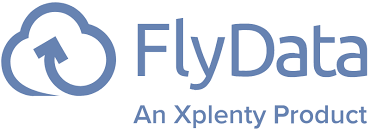
FlyData is a managed ETL solution that makes it simple to sync data with Snowflake and Redshift. We make it simple to manage the data load process, allowing businesses to migrate enormous data sets to existing data warehouses in a seamless, secure, and continuous manner. Our goal is to free our customers to concentrate on their core business while we handle real-time data processing.
FlyData provides a SaaS solution for transferring data to Snowflake and Amazon Redshift. The automatic and speedy transfer of log data to the data warehouse is part of our solution (FlyData Sync). FlyData can replicate huge data from MySQL, PostgreSQL, Percona, and MariaDB to Snowflake or Amazon Redshift for faster processing.
Features
- Cost-Effective: Fly Data ETL Tool is a cost-effective Tool as it offers PAYG (pay-as-you-go model, Which is a payment method for cloud computing where charges are based on usage).
- Open Source: Fly Data is a free open-source (Open-source software is computer software that is distributed under a license that allows users to use, study, modify, and distribute the software and its source code to anyone and for any purpose) ETL tool.
- Expertise in Redshift and Snowflake: Fly Data ETL Tool Specializes in Amazon Redshift and Snowflake data warehouses.
7. Dataddo
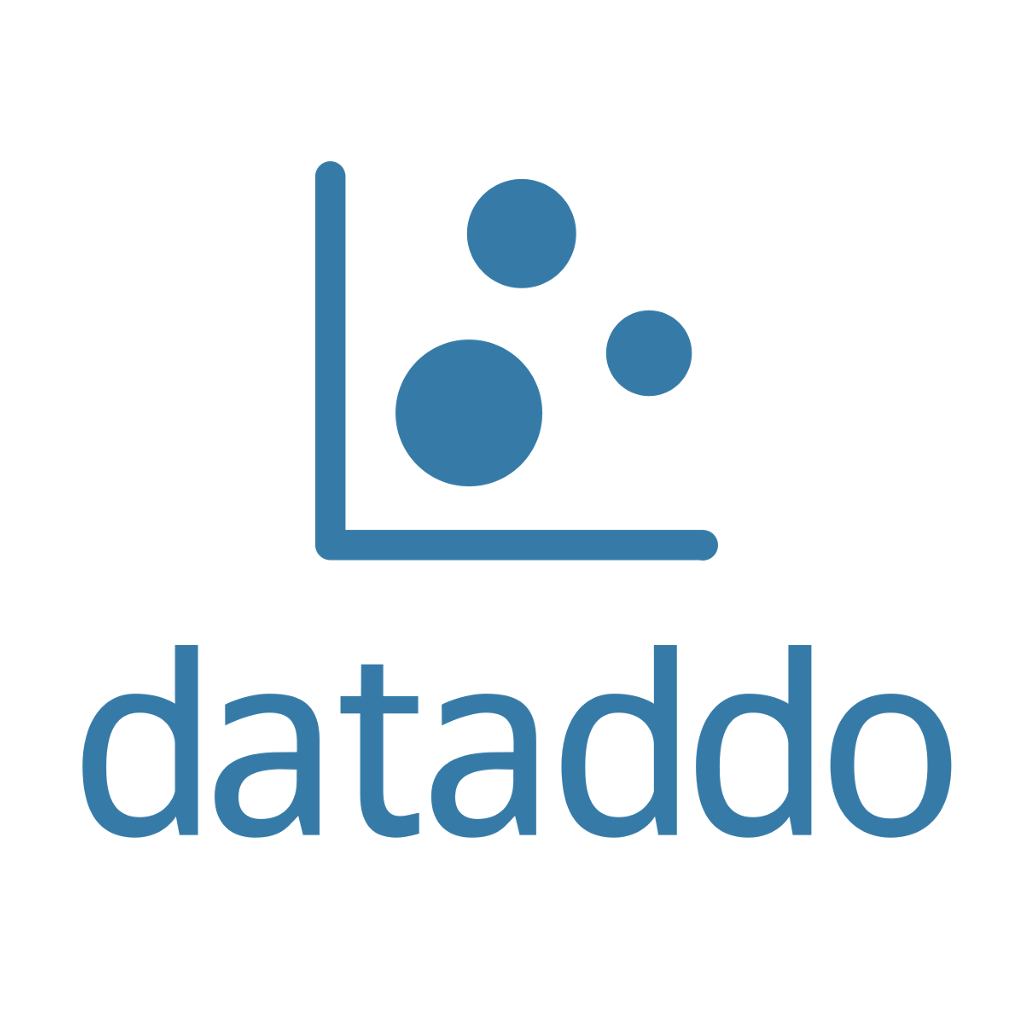
Dataddo is no-code data integration, automation, and transformation tool that works with any online data service, including Google Analytics, Facebook, and Instagram. Dataddo can transform and wire data to a variety of databases, DWHs, cloud storage, dashboarding, and business intelligence (BI) applications, enabling seamless integration with existing IT and BI stacks. In the ever-expanding and increasingly diverse is easy to learn and operate even a non-technical person can run and monitor jobs.
Features
- Simple UI: Dataddo ETL Tool is Easy to learn and operate even a non-technical person can run and monitor jobs because of its simple user interface.
- No maintenance: No maintenance is required as all the API changes have to be done or managed by the Dataddo team.
- High Security: Dataddo provides high security as it is GDPR( General Data Protection Regulation), SOC2 (Service Organization Control), and ISO(International Organization for Standardization) 27001 compliant.
8. Hevo Data
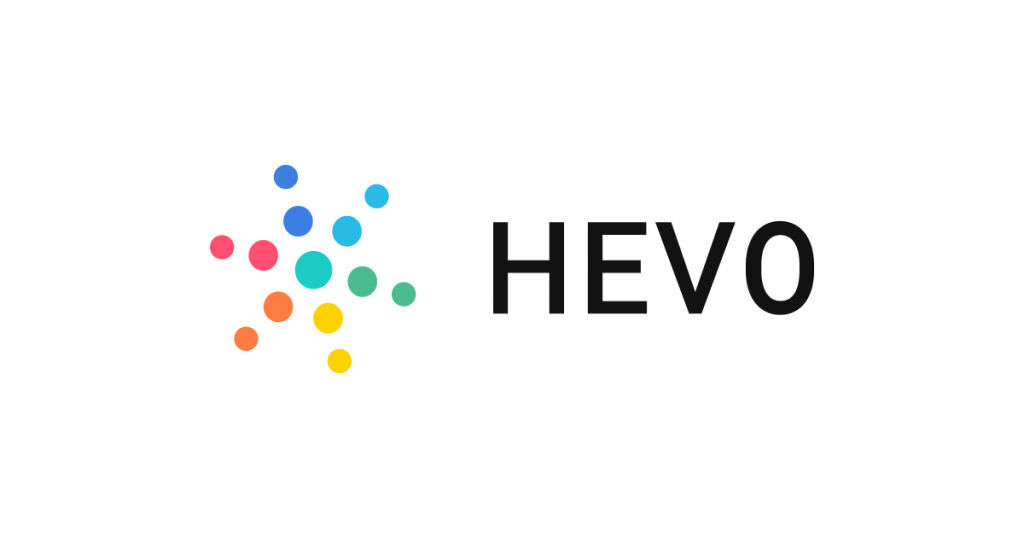
Hevo, is a fully managed No-code Data Pipeline platform, making it simple to integrate and load data in real-time from 100+ different sources to any destination. Because of its easy learning curve, Hevo can be set up in minutes and allows users to load data without sacrificing performance. Users can simply import data of various sorts without writing a single line of code thanks to its excellent connectivity with a range of sources.
Features
- Automated: Hevo ETL Tool is almost completely automated and can be set up in just a few minutes and require minimal maintenance.
- Connectors: Hevo has over 100 integrations with SaaS platforms, files, databases, analytics, and business intelligence software. To mention a few, it supports Google BigQuery, Amazon Redshift, and Snowflake Data Warehouses; Amazon S3 Data Lakes; MySQL, MongoDB, TokuDB, DynamoDB, and PostgreSQL databases.
- Real-Time Data Transfer: Hevo offers real-time data (Real-time data (RTD) is data that is supplied right after it is collected. There is no lag in the information delivered in terms of its timeliness. For navigation and tracking, real-time data is frequently used) movement, ensuring that your data is always ready for analysis.
9. Pentaho

Pentaho is a popular Business Intelligence software that offers OLAP services, data integration, reporting, data mining, information dashboards, and ETL. You may use Pentaho to turn complex data into useful reports and extract useful information from them. Pentaho supports a variety of report formats, including Excel, PDF, Text, CSV, HTML, and XML.
Features
- Report Designer: Pentaho ETL is used for creating pixel-perfect (Pixel-perfect reporting is the technique of formatting an operational report in such a way that you can manage every component down to the pixel level, ensuring that the produced report set is perfect to specification. Reports with high precision have become a necessity for making better business judgments) reports.
- Ad-hoc Reporting interface: Pentaho Tool Provides a step-by-step wizard (A wizard is a step-by-step process that allows users to enter data in a predetermined order, with succeeding steps potentially relying on data entered in prior steps) for creating basic reports. PDF, RTF, HTML, and XLS are some of the output formats.
- Connectivity: Pentaho ETL Tool provides Connectivity between the reporting tools and the BI server, which allows the publication of the content directly to the BI( Business Intelligence) server.
10. AWS Glue

AWS Glue is a serverless ETL tool that sifts through your data and conducts Data Preparation, Data Ingestion, Data Transformation, and Data Catalog building. AWS Glue has all of the data integration tools you’ll need to get started studying your data. You can then use it right now, rather than waiting months. AWS Glue makes data integration easier with code-based and visual interfaces. The AWS Glue Data Catalog allows users to quickly access and locate data.
Features
- Batch Oriented: AWS Glue is a Batch-based (Batch ETL processing entails users collecting and storing data in batches during the course of a batch window. This saves time and enhances data processing efficiency, allowing organizations and businesses to manage enormous amounts of data and analyze it rapidly) ETL tool.
- Cost-effective: AWS Glue is a cost-effective Tool as it offers PAYG (pay as you go model, It is a payment method for cloud computing where charges are based on usage).
- Drag and Drop interface: AWS Glue drag and drop interface makes it very easy for users to Visually transform data.
11. Informatica Power Center
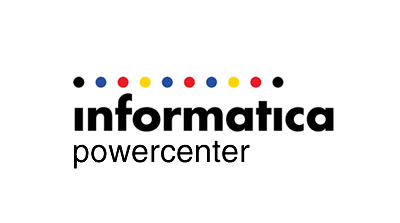
Informatica is a software development company founded in 1993. It is headquartered in Redwood City, California.
Informatica created PowerCenter, which is a data integration tool. It facilitates the data integration lifecycle and provides vital data and values to the organization.
Informatica PowerCenter is a scalable and high-performance enterprise Data Integration solution that covers the complete Data Integration lifecycle. PowerCenter may offer data on-demand in batch, real-time, or Change Data Capture formats (CDC). It can also manage the widest range of Data Integration projects from a single platform.
Features
- Batch-based Tool: Informatica power center is a Batch-based (Batch ETL processing entails users collecting and storing data in batches during the course of a batch window. This saves time and enhances data processing efficiency, allowing organizations and businesses to manage enormous amounts of data and analyze it rapidly) ETL tool
- Datawarehouse Support: Informatica power center offers integrations to popular cloud data warehouses like DynamoDB, Amazon Redshift, etc.
- Easy to Learn and operate: Informatica power center is easy to learn and operate even a non-technical person can run and monitor jobs.
12. IBM Infosphere Datastage

IBM is a multinational Software Company founded in 1911 with its headquarters in New York, U.S. DataStage originated at Vmark Software Inc, a company that developed two notable products: Universe database and the DataStage ETL Tool. The first VMark ETL prototype was built by Lee Scheffler in the first half of 1996. IBM Infosphere Datastage is defined as a data extraction, transformation, and loading (ETL) tool that extracts, transforms, and loads data from a source to a target destination. Sequential files, indexed files, relational databases, external data sources, archives, enterprise applications, and so on could be the source of these data. DataStage is used to aid business analysis by supplying high-quality data that aids in the acquisition of business insight. It was released in the year 1996
Features
- Batch-based Tool: IBM Infosphere Datastage is a Batch-based (Batch ETL processing that entails users collecting and storing data in batches during the course of a batch window. This saves time and enhances data processing efficiency, allowing organizations and businesses to manage enormous amounts of data and analyze it rapidly) ETL tool
- Integration: IBM Infosphere can be integrated with Oracle, IBM DB2, and the Hadoop system, and also existing IBM licensed tools can be easily integrated with it.
- SAP support: IBM Infosphere Datastage supports SAP(Systems Applications and Products in data processing) via various plugins.
13. Azure Data Factory

Azure Data Factory is a cloud-based data integration solution that allows us to develop data-driven processes for orchestrating and automating data transfer and transformation. Data Factory is a fantastic cloud-based ETL solution. Data Factory is a cloud-based solution for extraction, transformation, and loading procedures. In general, the ETL process consists of four steps: Connect and Collect, Transform, Publish, and Monitor. The first version of the Azure data factory was released on 6th August 2015.
Features
- Cost-Effective: Azure Data Factory is a cost-effective Tool as it offers PAYG (pay as you go model, It is a payment method for cloud computing where charges are based on usage).
- CI-CD and Git Support: In Azure Data Factory Tool With built-in CI/CD and Git support, Azure Data Factory can rehost SQL Server Integration Services in a few clicks.
- Scalability: Because of its built-in parallelism and time-slicing characteristics, ADF(Azure Data Factory) is intended to manage large data volumes and can let you move several gigabytes of data onto the cloud in a couple of hours.
14. Apache Nifi
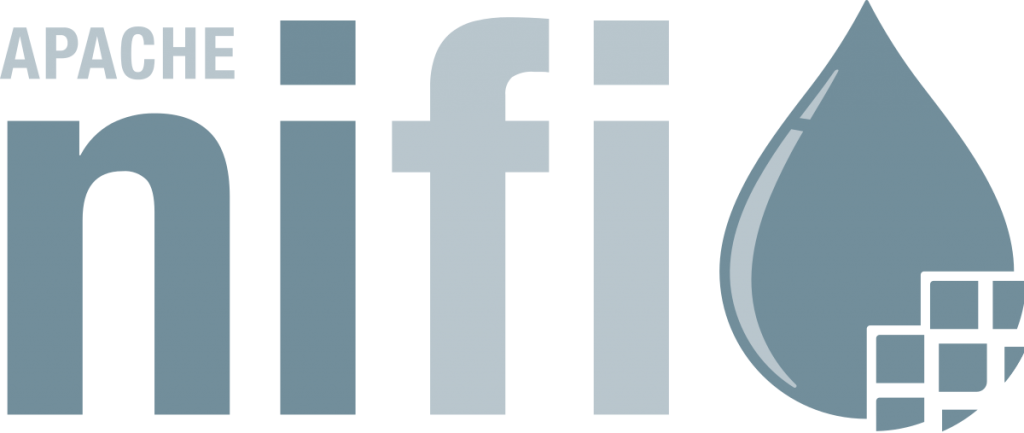
Apache Nifi is defined as a data intake platform that is open-source. It is based on Java and runs on the Jetty server. It is licensed under the Apache license version 2.0. It is a sophisticated and dependable technology that is used to process and distribute data amongst many systems. Apache NiFi aids in the management and automation of data flow across systems. NiFi stands for Niagara Files (NiFi), which was created by the National Security Agency (NSA) but is now maintained by the Apache Foundation for future improvements. It provides a web-based User Interface (UI) that runs NiFi on a web browser using the HTTPS protocol, making user interaction with NiFi safe.
Features:
- Open Source: Apache Nifi is a free open source (Open-source software is computer software that is distributed under a license that allows users to use, study, modify, and distribute the software and its source code to anyone and for any purpose) ETL tool.
- Customized GUI: Apache Nifi provides Customization of GUI(Graphical User Interface) features so that users can customize it according to their needs.
- Authorization Support: In Apache Nifi Tool HTTPS( HyperText Transfer Protocol Secure), SSL(Security Socket Layer), SSH( Secure Shell), multi-tenant authorization, and other protocols are supported.
15. Oracle Data Integrator
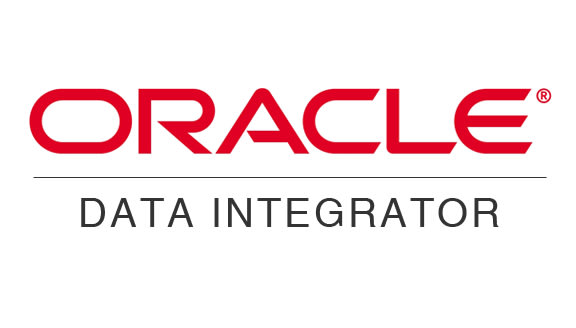
Oracle Data Integrator is a unified solution for creating, deploying, and managing complex data warehouses or data-centric architectures in an SOA or BI environment. Oracle Data Integrator (ODI) is a graphical interface for data integration development and management. This product is ideal for large enterprises that need to migrate frequently. It’s a complete data integration platform that can handle large amounts of data and provide SOA-enabled data services. Oracle Data Integrator (ODI) is released by Oracle company in October 2006.
Features
- Commercial Licensed Tool: Oracle Data Integrator is a Commercial Licensed ETL Tool.
- Database Support: Databases such as IBM DB2, Teradata, Sybase, Netezza, and Exadata are supported by Oracle Data Integrator.
- Interactive UI: Oracle Data Integrator tool provides an interactive UI( User Interface) that improves user experience by re-designing the flow-based interface.
Conclusion
By now, we have a good understanding of what ETL Tools are, and what ETL Stand for (Extraction Transform Load). In simple words, An ETL tool extracts data from numerous data source systems, transforms it in the staging area, and then loads it into the Data Warehouse system. We then see different ETL Tools mainly 15 named Xplenty, Skyvia, IRI Voracity, Talend, Xtract.io, Flydata, Dataddo, Hevodata, Pentaho, AWS Glue, Informatica power center, IBM Infosphere Datastage, Azure Data Factory, Apache Nifi, Oracle Data Integrator, and see their features one by one.
Frequently Asked Questions
Q.1: What are the famous ETL tools?
Ans: Here is the list of some famous ETL Tools Xplenty, Skyvia, Talend, Flydata, AWS Glue, IBM Infosphere Datastage, Azure Data Factory, and Apache Nifi.
Q.2: Is SQL an ETL tool?
Ans: No, SQL is not an ETL tool as it’s a Query language (Structured Query language) ETL, on the other hand, is a method of extracting, processing and loading data from various sources into a single target location.
Q.3: Which ETL tool is used most?
Ans: There is no such ETL tool that is used most but here are some of the ETL Tools that are in high demand across industries Xplenty, Skyvia, Talend, Apache Nifi.
Q.4: What ETL tools does Google use?
Ans: Here are some of the ETL Tools that are used by Google Hevo data, Google Cloud data fusion, Talend, Airflow, Informatica, etc.
Q.5: Which ETL tool is easiest?
Ans: It depends from user to user but some of the easiest ETL Tools that you can learn are Hevo, Dataddo, Talend, and Apache Nifi because of their simple-to-understand UI and as they don’t require too much technical knowledge.







 Join WhatsApp Group
Join WhatsApp Group
